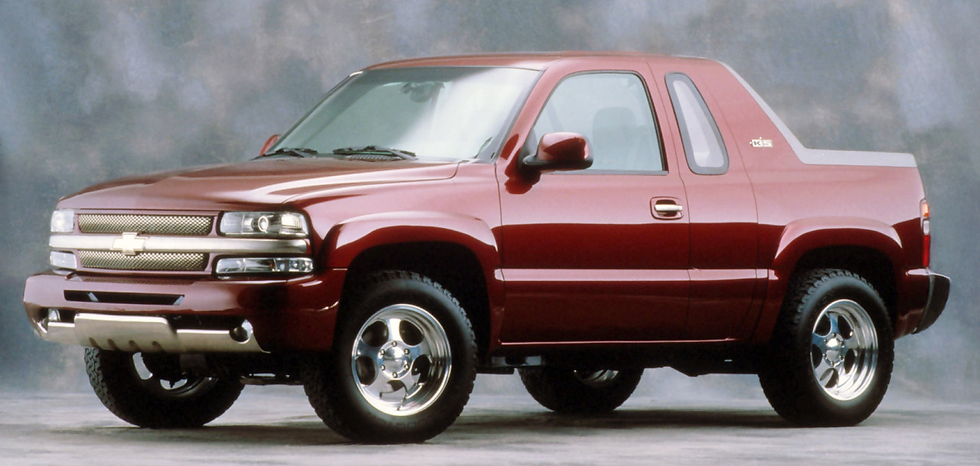2005 Honda W.O.W. Concept
- Story Cars
.png/v1/fill/w_320,h_320/file.jpg)
- May 12
- 2 min read
Updated: May 22
The 2005 Honda W.O.W. Concept (Wonderful Open-hearted Wagon) was a quirky, imaginative design that catered to the growing trend of pet-loving car buyers in Japan. With its playful name, the W.O.W. was a small minivan prototype aimed at dog owners who wanted to transport their pets in style and comfort. The concept was slightly smaller than the Honda Civic, measuring 157 inches in length, and it featured a design centered around a wooden floor and flexible seating arrangements to accommodate both people and their canine companions.
One of the most striking features of the W.O.W. Concept was its interior layout, which could be configured to seat up to six people or accommodate pets. The second-row seats could be transformed into a dog-friendly cover, allowing for a more flexible arrangement that would cater to both human and animal passengers. Honda also included a dog storage bin integrated into the left side of the dashboard, emphasizing the vehicle's pet-friendly focus. The W.O.W. featured both front and rear sliding doors, making it easy to access the interior in tight spaces, along with large commercial-style doors at the rear for added functionality.
While Honda did not disclose specific details about the engine, it was speculated that the W.O.W. Concept would be powered by a 1.5-liter four-cylinder engine if it made it to production. The vehicle’s relatively compact size, combined with a wheelbase of 2680 mm, made it a practical choice for urban settings, where space and convenience are key considerations.
Perhaps the most outlandish (and humorous) feature of the Honda W.O.W. Concept was the canine brain receiver (CBR). This innovative system allowed dogs to "pilot" the vehicle by simply looking in the direction they wanted to go. The technology used a brain-wave transponder to interpret the dog's line of sight and translate it into GPS coordinates, essentially enabling the dog to navigate the car. Honda jokingly pointed out that any liability concerns regarding this fledgling technology were mitigated by the fact that dogs, as passengers, cannot be sued. However, this feature was purely a playful element of the concept, and it's safe to say no dogs were behind the wheel in real-world tests.
Beyond its whimsical features, the W.O.W. Concept was also visually striking. It boasted asymmetrical rear doors, with unique twisted scarlet "springs" for the side lights and brake lights, set against a white rod for the reversing lamps. These design choices, along with its overall compact yet functional layout, made the W.O.W. a memorable and quirky experiment in Honda’s exploration of alternative vehicle designs for the future.
While it’s unlikely that the Honda W.O.W. Concept would ever reach production in its pet-centric form, it certainly showcased Honda’s willingness to think outside the box, offering a lighthearted approach to the evolving needs of modern drivers and their four-legged companions.



































Comments